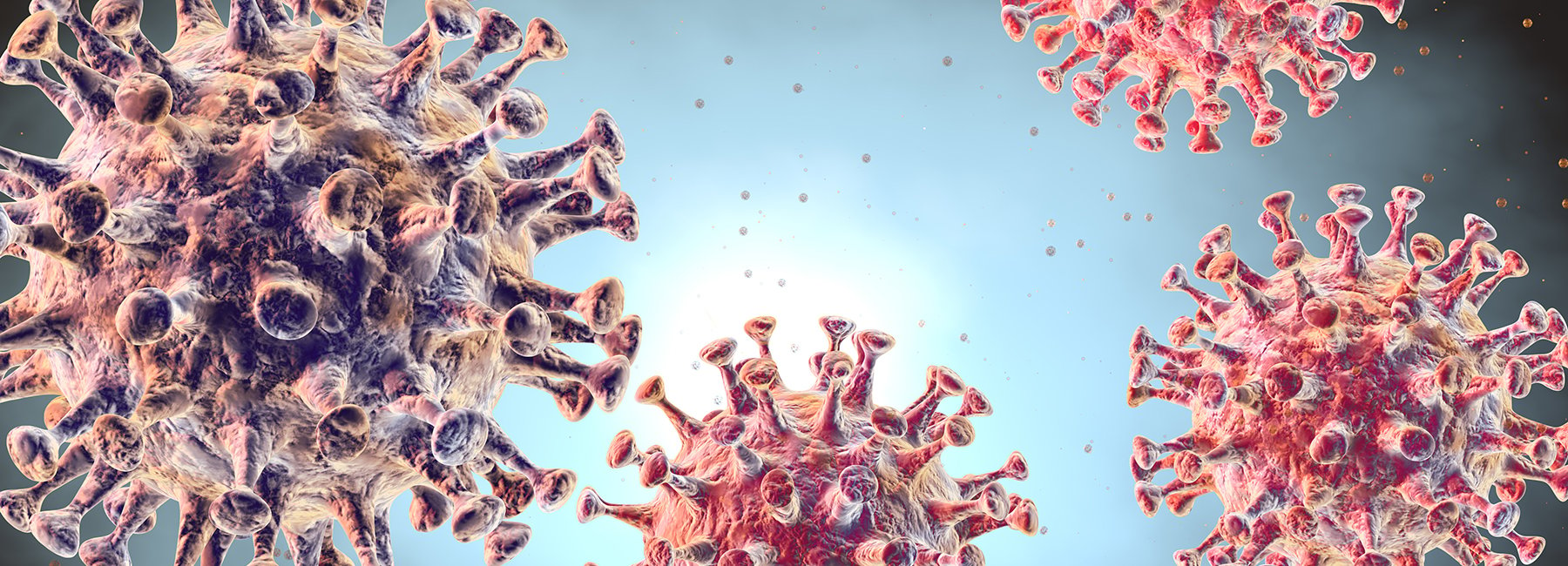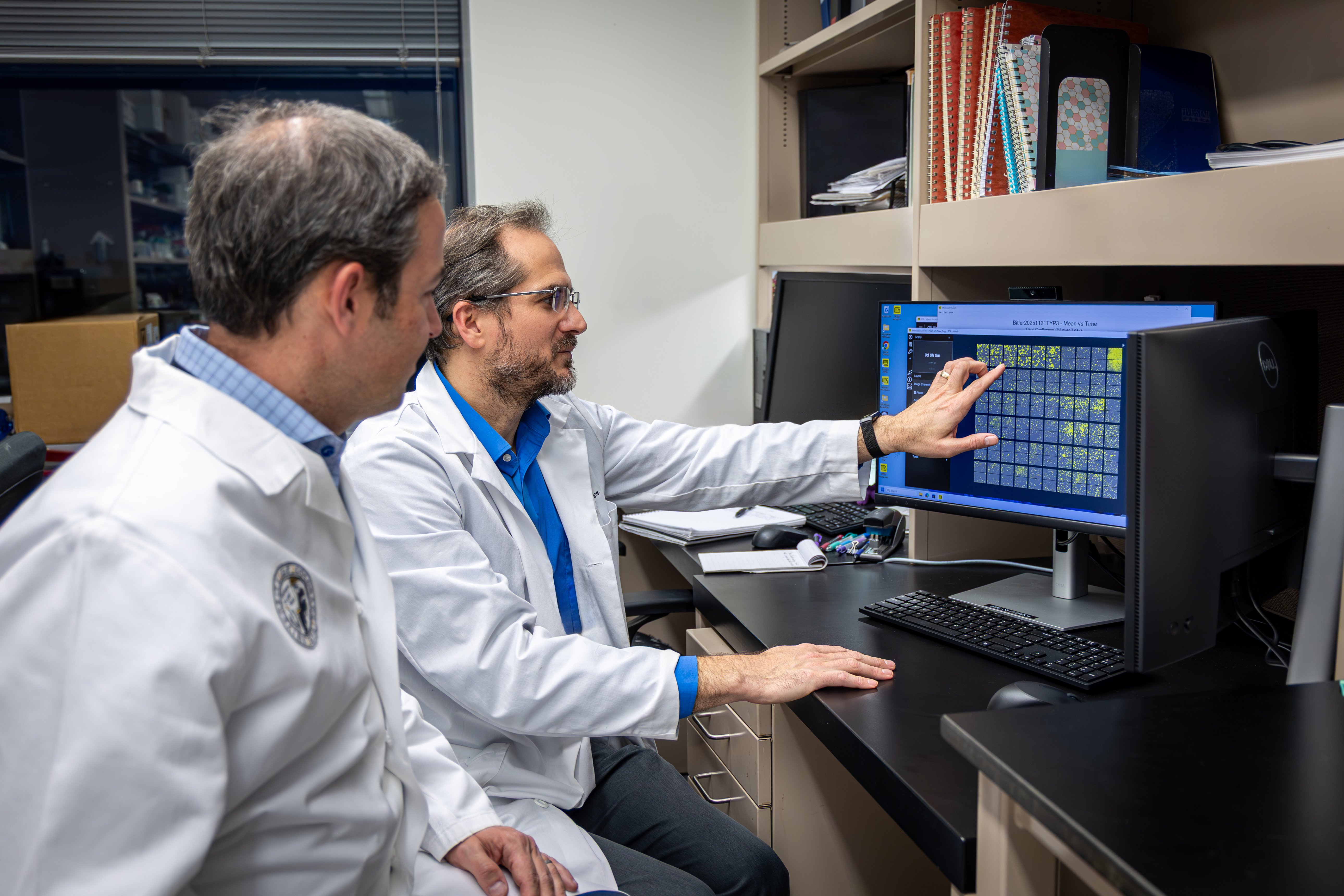Outbreaks of illness caused by the novel coronavirus, called COVID-19, have dramatically increased in countries outside China. As of June 28, COVID-19 had sickened more than 10,173,722 people in 188 countries with over 502,517 deaths globally.
Related story:
In Colorado, where 32,022 cases were confirmed as of June 28, how should we be preparing in the event of a local COVID-19 outbreak? We talked to Glen Mays, PhD, MPH, professor and chair of the Department of Health Systems, Management and Policy in the Colorado School of Public Health, about steps to take to prepare. Mays is among the U.S. preparedness experts who are in regular contact with the Centers for Disease Control and Prevention as it monitors the coronavirus outbreak. Just this week, Mays wrote a blog post for Public Health Economics about the United States’ overall readiness for coronavirus outbreaks.
How likely is a COVID-19 outbreak in the U.S.?
- “The first case of domestic community-acquired COVID-19 was reported (Wednesday, Feb. 26) in California in someone who had not traveled to affected regions or had contact with someone already infected. To me, that says the virus is already circulating in communities in the U.S. It’s definitely circulating in Europe and Asia. Based on travel patterns and global connectivity, it seems highly likely that community-acquired clusters will pop up in the U.S. It’s not really a question that more cases will occur, but rather how widespread they will be.”
Mays leads the research team responsible for the National Health Security Preparedness Index, a system he describes as a way to measure how ready states are to handle emerging health hazards. Using the index, how prepared are we in Colorado?
- “Colorado is in the top tier of states using this index. We have a very robust state Department of Public Health and Environment with good testing capabilities. We have a workforce of well-trained epidemiologists and strong partners in the medical system who are prepared for an outbreak like this.”

What’s the state of testing for COVID-19 in the U.S.?
- “The U.S. has been using a really narrow set of testing criteria for deciding who to test for COVID-19. For the case of community-acquired COVID-19 diagnosed Wednesday, that patient was not initially tested for COVID-19 because they didn’t meet the criteria. So I think there’s a reasonable probability that there are more cases than we are actually catching. Remember, for a large number of cases, symptoms are pretty mild.”
Do you foresee expanded testing being implemented?
- “In the U.S., we want to do more extensive testing and surveillance to help us understand COVID-19’s prevalence and how it’s being transmitted. But before we scale up, we need to work out the bottlenecks associated with testing. More facilities need to have testing capabilities. Some tests performed in the U.S. have come back with inconclusive results, but it’s not clear if that’s a problem with the test itself or an innate consideration with the testing method, for example if it’s too early or too late in the disease progression.”
How do you feel about the U.S. government’s response so far?
- “I think overall the U.S. public health system has responded quite effectively in the early stages. The measures put into place to control COVID-19 have been appropriate, and it’s bought us some time. The CDC has done amazing work on tracing patient contact and limiting exposure from people in international settings. The next stages of the process tend to be more uncertain, since these depend on the capacity of state and local public health departments to respond, and there’s a lot of variability across the country.”
Is there enough protective equipment to keep our healthcare workers safe?
- “Healthcare professionals and hospitals need a plan to access supplies from the strategic national stockpile of protective equipment and make sure that everyone knows the protocol. Whether this stockpile is sufficient largely depends on how many outbreaks occur and the size of the affected populations. If widespread outbreaks occur, we could run into shortages. Facilities need to explore other possibilities ahead of time. A great back-up measure for all healthcare facilities is their regional healthcare preparedness coalition, which helps institutions share information about existing supplies and equipment. If you’re not already in contact with them, do it today.”
As a public health expert, what are you watching in terms of disease progression?
- “As we begin to expand testing in the U.S., we’ll get better estimates of COVID-19’s scale and trajectory. Another area I’ll be watching is how people are using healthcare. We’re in the middle of peak seasonal flu, so we already see a higher volume of people seeking care through emergency rooms and their doctor’s offices. We want to make sure we have the appropriate surge capacity in place to help the people who really need it.”
In the event that people get sick and need to self-quarantine or if school closures are implemented, Mays also provided some actionable steps to prepare both at work and at home.
PROFESSIONAL PREPAREDNESS
DO:
Try to ensure continuity of operations in areas of supply chain and workflow. If possible:
-Order supplies ahead of when they are needed
-Run experimental tests and perform procedures ahead of schedule
Support staff working remotely by checking VPN connection and ensuring that file permissions are in place.
Make sure employees have access to sick leave and paid time off.
DON’T:
Don’t come to work when you’re sick.
PERSONAL PREPAREDNESS
DO:
For people with health conditions, refill your medications ahead of time to last a few extra weeks, in the event of shortages or if people need to self-quarantine.
If you routinely use over-the-counter medications (ibuprofen, Tylenol) or supplies (diabetic supplies, diapers, formula), make sure you have extra on hand.
In the event of a local outbreak, limit non-essential travel in public spaces.
Wash your hands frequently and avoid touching your face, mouth or eyes.
If you’re sick with respiratory symptoms and you need to visit your doctor, wear a mask.
If you’re caring for someone who is sick, wear a mask and wash your hands frequently.
DON’T:
If you get sick, don’t panic or assume you have COVID-19. Colds and flu are very common this time of year. Try to save healthcare resources for those who really need them.
Don’t count on a vaccine stopping the current spread of COVID-19. Though a vaccine is in the early phases of human testing, it won’t help in the short term.
Don’t count on existing anti-viral drugs. We don’t know how effective they are against COVID-19.
Key coronavirus stats (as of June 28):
10,173,722 confirmed cases in 188 countries.
502,517 total deaths.
2,504,175 cases in all states and Washington, D.C.
125,484 deaths.
In Colorado,32,022 patients tested positive.
1,482 deaths in Colorado. (On May 15, the state changed the way it reported deaths; rather than deaths among cases, this number is death due to COVID-19.)
(stats up to Feb. 28):
82,294 confirmed cases in 47 countries.
2,804 total deaths (2,747 in China, 57 outside China, mainly in South Korea, Iran and Italy).
International Health Regulations Emergency Committee of WHO declared COVID-19 a public health emergency of international concern on Jan. 30, 2020.
16 confirmed cases in 7 states with 42 people repatriated from high-risk settings.
Most cases in CA (9) and IL (2), with 1 case each in AZ, MA, WA, TX and WI.
No deaths have been reported in the U.S.
Travel restrictions already in place, including screening all passengers traveling into the U.S. from China.
Guest contributor: Shawna Matthews is a freelance writer specializing in science and healthcare.



